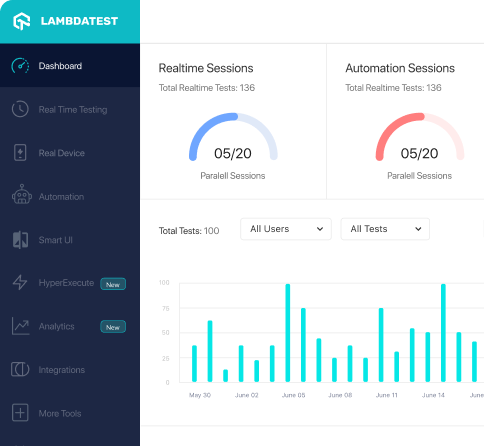How to use PrivatePartialMockingExampleTest class of samples.powermockito.junit4.partialmocking package
Best Powermock code snippet using samples.powermockito.junit4.partialmocking.PrivatePartialMockingExampleTest
...28 * private methods.29 */30@RunWith(PowerMockRunner.class)31@PrepareForTest(PrivatePartialMockingExample.class)32public class PrivatePartialMockingExampleTest {33 @Test34 public void spyingOnPrivateMethodsWorks() throws Exception {35 final String expected = "TEST VALUE";36 PrivatePartialMockingExample underTest = spy(new PrivatePartialMockingExample());37 final String nameOfMethodToMock = "methodToMock";38 final String input = "input";39 when(underTest, nameOfMethodToMock, input).thenReturn(expected);40 assertEquals(expected, underTest.methodToTest());41 verifyPrivate(underTest).invoke(nameOfMethodToMock, input);42 }43 @Test44 public void partialMockingOfPrivateMethodsWorks() throws Exception {45 final String expected = "TEST VALUE";46 PrivatePartialMockingExample underTest = spy(new PrivatePartialMockingExample());...Blogs
Check out the latest blogs from LambdaTest on this topic:
Agile project management is a great alternative to traditional methods, to address the customer’s needs and the delivery of business value from the beginning of the project. This blog describes the main benefits of Agile for both the customer and the business.
I routinely come across test strategy documents when working with customers. They are lengthy—100 pages or more—and packed with monotonous text that is routinely reused from one project to another. Yawn once more— the test halt and resume circumstances, the defect management procedure, entrance and exit criteria, unnecessary generic risks, and in fact, one often-used model replicates the requirements of textbook testing, from stress to systems integration.
When software developers took years to create and introduce new products to the market is long gone. Users (or consumers) today are more eager to use their favorite applications with the latest bells and whistles. However, users today don’t have the patience to work around bugs, errors, and design flaws. People have less self-control, and if your product or application doesn’t make life easier for users, they’ll leave for a better solution.
In some sense, testing can be more difficult than coding, as validating the efficiency of the test cases (i.e., the ‘goodness’ of your tests) can be much harder than validating code correctness. In practice, the tests are just executed without any validation beyond the pass/fail verdict. On the contrary, the code is (hopefully) always validated by testing. By designing and executing the test cases the result is that some tests have passed, and some others have failed. Testers do not know much about how many bugs remain in the code, nor about their bug-revealing efficiency.
We launched LT Browser in 2020, and we were overwhelmed by the response as it was awarded as the #5 product of the day on the ProductHunt platform. Today, after 74,585 downloads and 7,000 total test runs with an average of 100 test runs each day, the LT Browser has continued to help developers build responsive web designs in a jiffy.
Automation Testing Tutorials
Learn to execute automation testing from scratch with LambdaTest Learning Hub. Right from setting up the prerequisites to run your first automation test, to following best practices and diving deeper into advanced test scenarios. LambdaTest Learning Hubs compile a list of step-by-step guides to help you be proficient with different test automation frameworks i.e. Selenium, Cypress, TestNG etc.
LambdaTest Learning Hubs:
- JUnit Tutorial
- TestNG Tutorial
- Webdriver Tutorial
- WebDriverIO Tutorial
- Protractor Tutorial
- Selenium 4 Tutorial
- Jenkins Tutorial
- NUnit Tutorial
- Jest Tutorial
- Playwright Tutorial
- Cypress Tutorial
- PyTest Tutorial
YouTube
You could also refer to video tutorials over LambdaTest YouTube channel to get step by step demonstration from industry experts.
Most used methods in PrivatePartialMockingExampleTest
Try LambdaTest Now !!
Get 100 minutes of automation test minutes FREE!!



